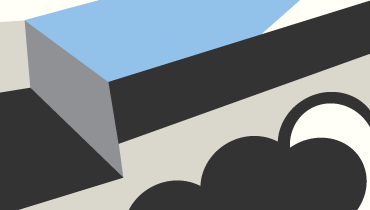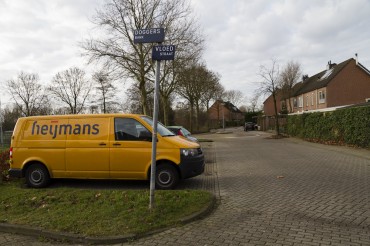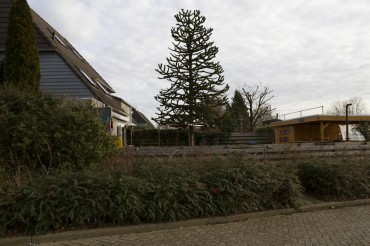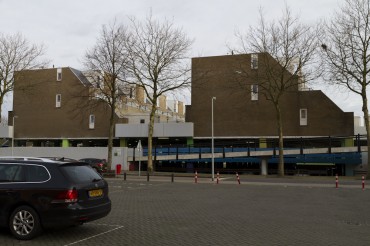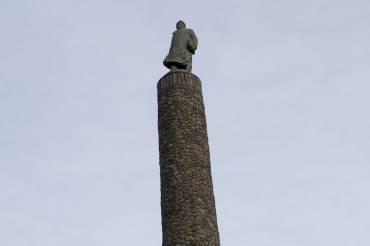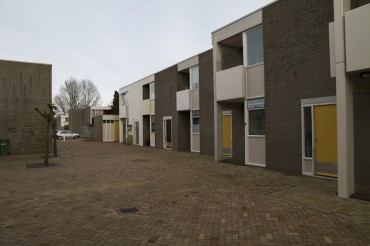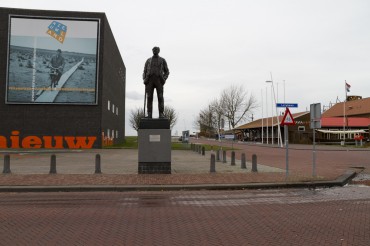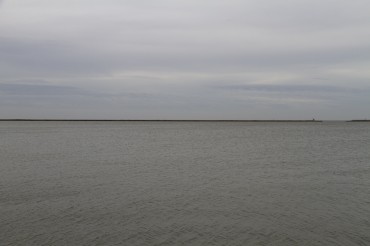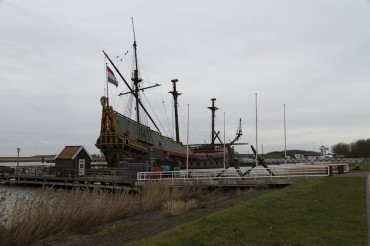On the Saturday, we travelled north to Lelystad, the namesake town of Cornelis Lely. Lely is known for his plan to enclose and partly drain the Zuiderzee (the former “south sea”), creating the province of Flevoland, of which Lelystad is the capital.
As we drove in, I noticed on the GPS that one of the streets was named after the Dogger Bank. We stopped here to have a look at the area’s housing. The town had been founded in 1967, but I suspected these buildings were from a little later.
We left the car at the two-storey car park on Neringweg, from the top of the which we could see the Lely memorial rising above the town square. We spent the next few hours looking around the city centre with its busy marketplaces and 1960s period architecture.
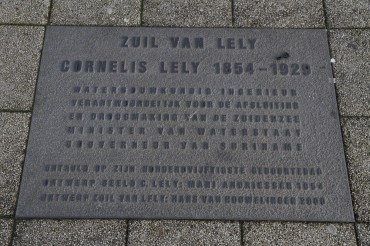
I wanted to see if there was any housing that dated from the early days of the town’s construction. On the way to the waterside, we had a look along Kempenaar, where an estate of flat-roofed brick terraces reminded me of footage I had seen from the 1960s.
The Nieuw Land museum overlooked the IJsselmeer, the freshwater lake that is all that remains of the Zuiderzee.
The museum had some interesting documents concerning land reclamation and stood next to another statue of Lely and a replica of the Batavia. The ship – famous for its wrecking off the western coast of Australia, the mutiny of its crew and their subsequent massacre – also lent its name to the large shopping village, where we spent the rest of our afternoon.
